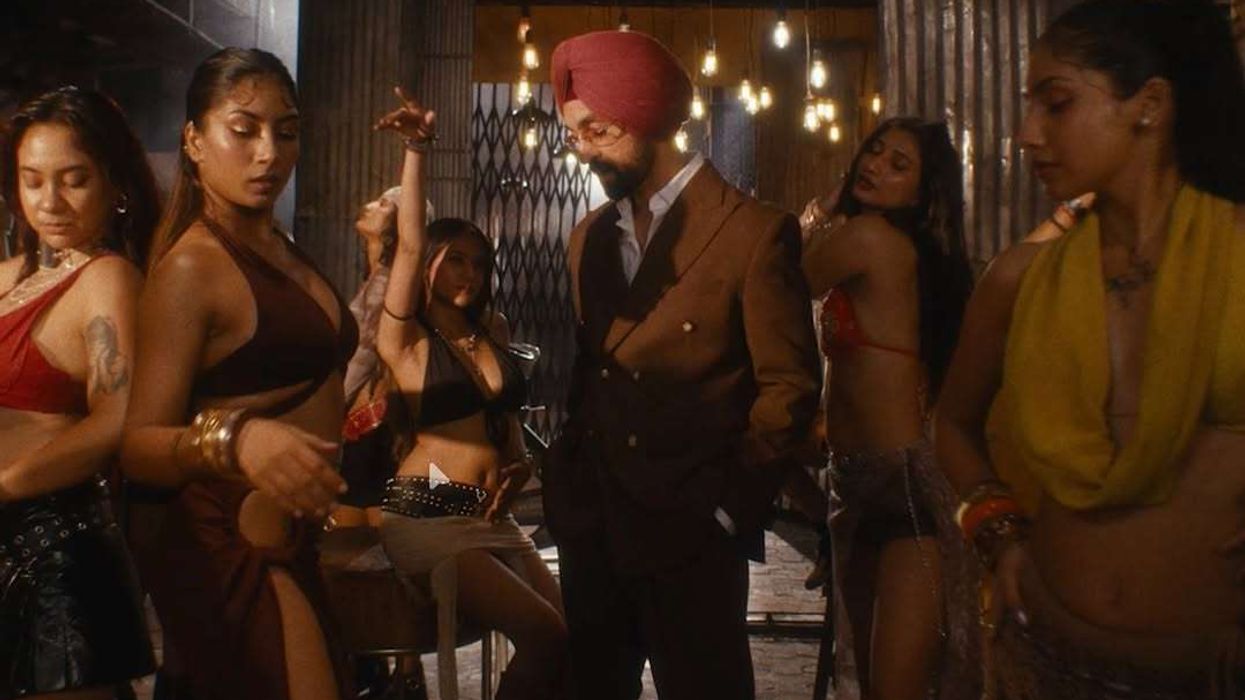PAINTINGS BY DUTCH MASTER VAN GOGH AND SWISS FELIX VALLOTTON TAKE CENTRE CAPITAL ATTRACTION
by AMIT ROY
SINCE I have a thing about landscapes, I have enjoyed those by Vincent Van Gogh at Tate Britain; and the Swiss artist Felix Vallotton – I hadn’t heard of him before – at the Royal Academy.
We tend to associate Van Gogh with sunflowers – indeed, one of his signature sunflower paintings has pride of place and ends the exhibition – and with his self-portraits, but his landscapes are just as remarkable.
Visitors can lose themselves in his depictions of, say, a horse chestnut tree in blossom, a farm and a wheatfield, a path through the woods, a starry night, an autumn landscape, and an avenue of poplars in autumn.
Much the same can be said of the landscapes by Vallotton (1865-1925) – for example, Last Rays (1911) and Sandbanks on the Loire (1923).
The curators emphasise Van Gogh’s connections with Britain, which is why the exhibition is called Van Gogh and Britain. The Dutch post-impressionist painter spent three years in England between May 1873 and December 1876 and though he did not start painting then, it seems he visited lots of galleries and was inspired by everything he saw around him. Later, he influenced British artists and was, in turn, shaped by them.
There are 50 works by Van Gogh (1853-1890), hung alongside paintings by other artists so that comparisons are easily made.
Tate Britain points out that Van Gogh “spent several crucial years in London, writing to his brother Theo, ‘I love London’.
“Arriving as a young trainee art dealer, the vast modern city prompted him to explore new avenues of life, art and love. The exhibition reveals Van Gogh’s enthusiasm for British culture during his stay and his subsequent artistic career. It shows how he responded to the art he saw, including works by John Constable and John Everett Millais as well as his love of British writers, from William Shakespeare to Christina Rossetti. Charles Dickens, in particular, influenced Van Gogh’s style and subject matter throughout his career.”
He read everything from Oliver Twist to A Tale of Two Cities and at least two biographies of Dickens. He appears to have been an avid reader, whose library took in the complete works of Shakespeare, George Eliot and John Bunyan’s Pilgrim’s Progress.
“The exhibition also explores Van Gogh’s passion for British graphic artists and prints. Despite his poverty, he searched out and collected around 2,000 engravings, most from English magazines such as the Illustrated London News.
“Tracing Van Gogh from his obscure years in London to the extraordinary fame he achieved in Britain in the 1950s, the exhibition shows how his uncompromising art and life paved the way for modern British artists like Matthew Smith, Christopher Wood and David Bomberg.”
At the Royal Academy, the 100 works by Félix Vallotton: Painter of Disquiet come as something of a revelation. “Greatly admired in his native Switzerland, Vallotton remains relatively little known elsewhere.”
It is said that his landscapes were “based more on memory and imagination than composed from real-life observation. These works often have a disturbing quality, as seen in the eerie stillness of Sandbanks on the Loire, painted two years before Vallotton’s death”.
The curators say that “a sense of disquiet runs through much of Vallotton’s oeuvre, and as such the legacy of his vision has found echoes in later 20th-century art; in the German New Objectivity movement of the 1920s, in the American painter Edward Hopper’s studies in alienation, and perhaps even in the films of Fritz Lang and Alfred Hitchcock”.
The EY Exhibition: Van Gogh and Britain is at Tate Britain until August 11. Félix Vallotton: Painter of Disquiet is at the Jillian and Arthur M Sackler wing of the Galleries, Royal Academy, until September 29.





 Diljit Dosanjh on the set of Kufar during the controversial dance shoot Instagram/piyush_bhagat
Diljit Dosanjh on the set of Kufar during the controversial dance shoot Instagram/piyush_bhagat 






